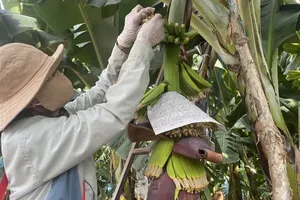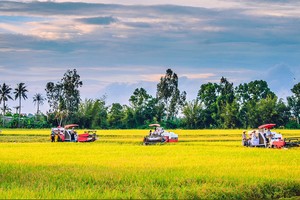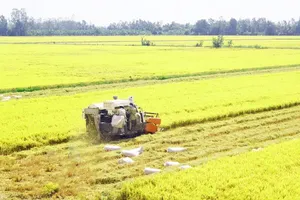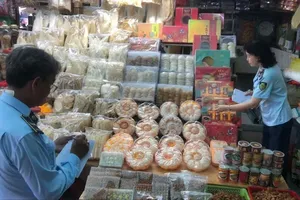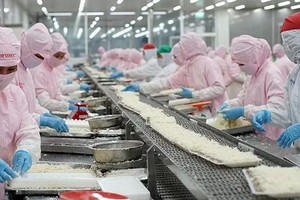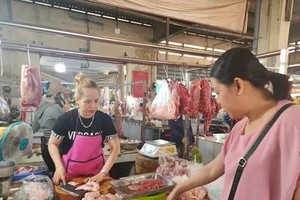Specifically, a kilogram of pepper in the Central Highlands Province of Gia Lai increased by VND500 compared to the day before. Currently the purchase price in Gia Lai, Binh Phuoc, and Ba Ria - Vung Tau is VND157,000 a kg.
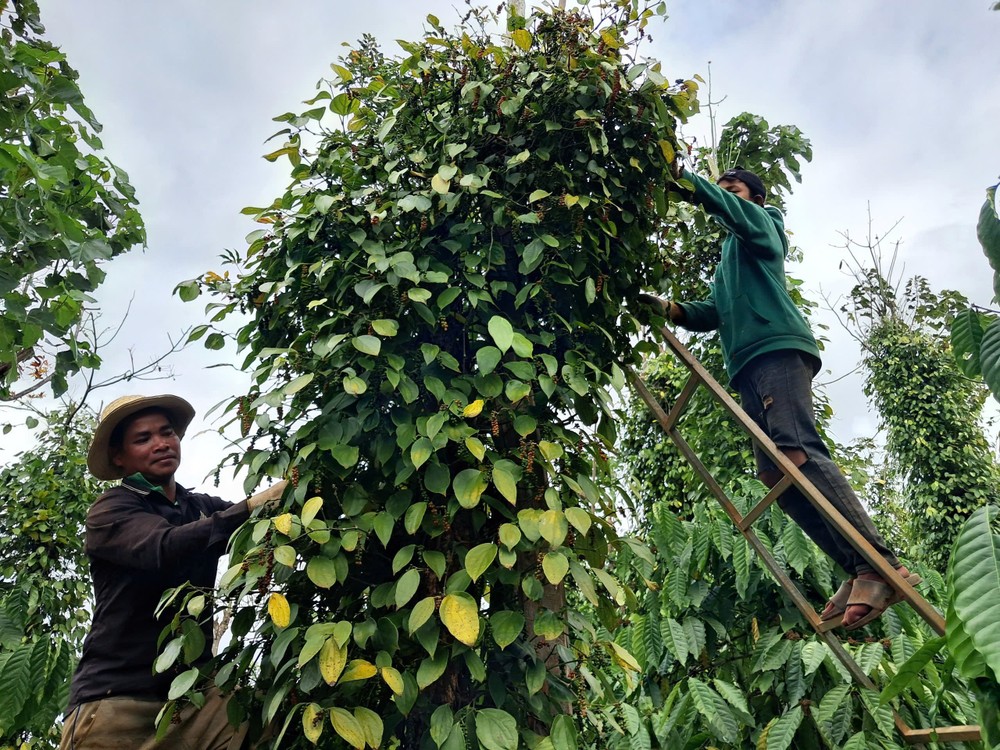
In Dak Nong and Dak Lak, the price of the agricultural product has increased by VND1,000 a kg; traders proposed to purchase pepper at VND159,000 a kg.
As per economic experts, domestic pepper prices are experiencing a robust recovery following a period of stagnation attributed to worries about the US's reciprocal tax policy. Moreover, the significant rise in demand has revitalized the market, paving the way for businesses to reevaluate prices within existing contracts.
The Vietnam Pepper and Spice Association (VPSA) informed that the demand for pepper imports in many major markets such as the US, Europe, Asian countries, especially China have increased dramatically.
Despite the near completion of the pepper harvest in major growing areas across Vietnam, farmers are exhibiting a deliberate approach to selling, releasing only limited quantities onto the domestic market. This strategic holding of stock is attributed, in part, to the profitable returns they have experienced from other agricultural products like durian and coffee, reducing their immediate reliance on pepper sales.
Plus, the information that the pepper output of the 2025 harvest will decrease compared to last year will contribute to make pepper prices increase more. Some forecasts suggest that if demand continues to increase strongly, domestic pepper prices could surpass VND160,000 per kg.
According to VPSA's data, in March 2025, Vietnam imported nearly 5,000 tons of pepper, with a total value of nearly US$29 million. Vietnam not only consumes raw materials domestically but also imports pepper from many other countries for processing and re-export.
At the Public-Private Partnership (PPP) Conference on Pepper and Spices, held in Ho Chi Minh City on the afternoon of April 17, leaders from the Vietnam Pepper and Spice Association (VPSA) highlighted the industry's current challenges, notably the imposition of a 10 percent tax by the United States. While Vietnam is currently within a 90-day tariff pause with the US, the ultimate outcome remains uncertain. The United States is recognized as a primary and crucial market for Vietnam's pepper industry.
In February 2025, the US imported 5,942 tons of pepper, a decrease of over 33 percent compared to January. Vietnam supplied 3,296 tons, representing 60.9 percent of the market share, however, this was down by 18.6 percent compared to the corresponding period. Given the uncertainties related to US tariff policies, numerous businesses are delaying production until negotiation outcomes are determined and are contemplating potential expansions into alternative markets.
VPSA Chairwoman Hoang Thi Lien cautioned that an unfavorable outcome in the US negotiations could lead to Vietnamese businesses losing market share to competitors in Indonesia and Brazil. Consequently, she emphasized the urgent need for Vietnamese enterprises to proactively explore and cultivate alternative markets, ensuring product quality to effectively compete in other regions, particularly the European Union.
Currently, the EU market is showing positive signs of recovery, with total pepper imports in 2024 reaching 120,657 tons, up 20 percent compared to 2023. Vietnam's pepper export market share here also increased steadily, reaching 52.1 percent in 2024. However, this is a market with high requirements for quality, traceability and technical standards, especially in high-end segments such as white pepper and organic pepper.
